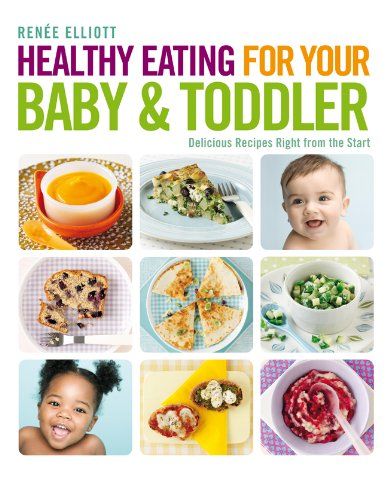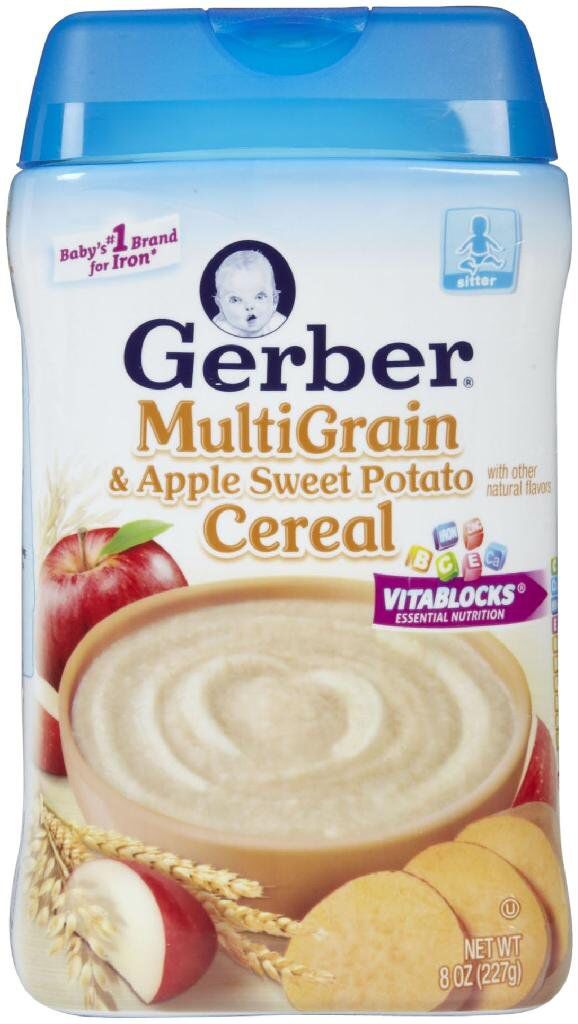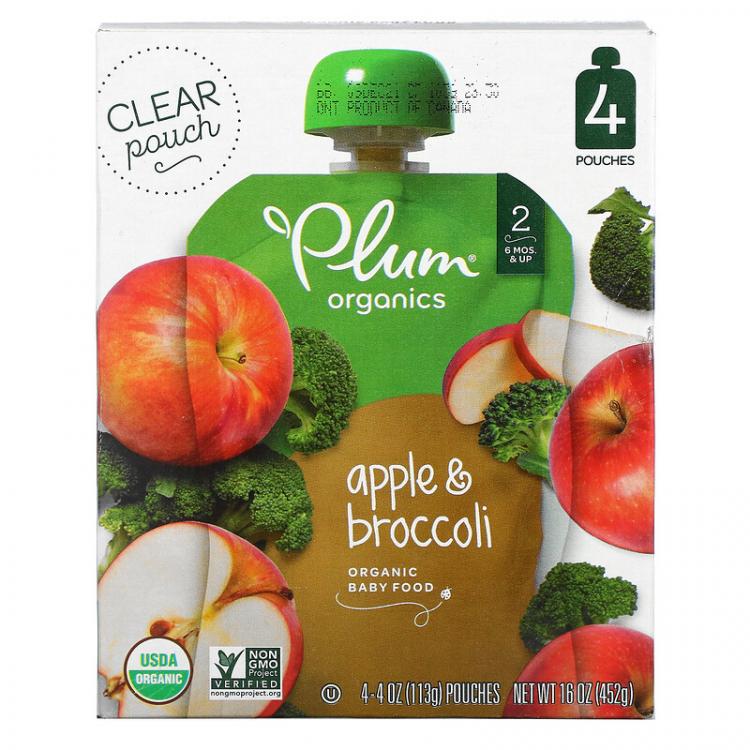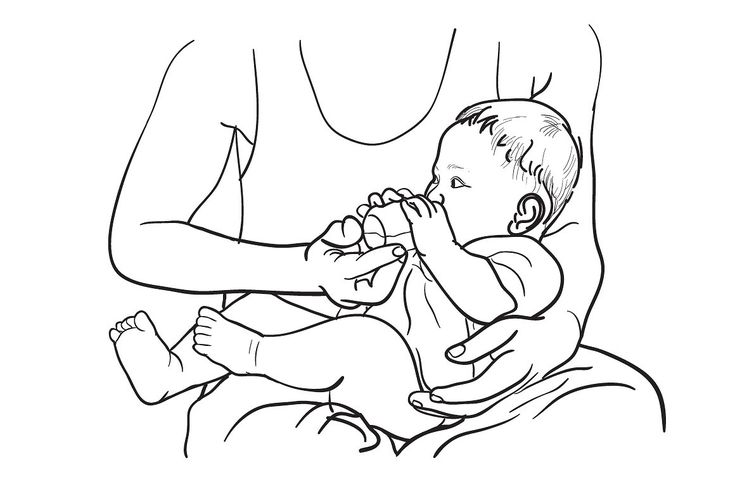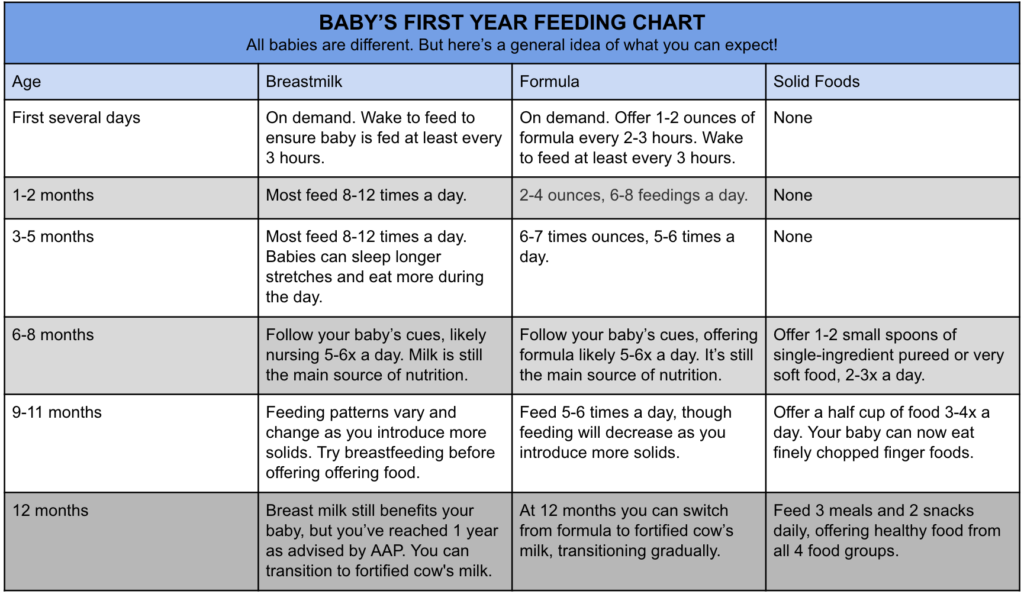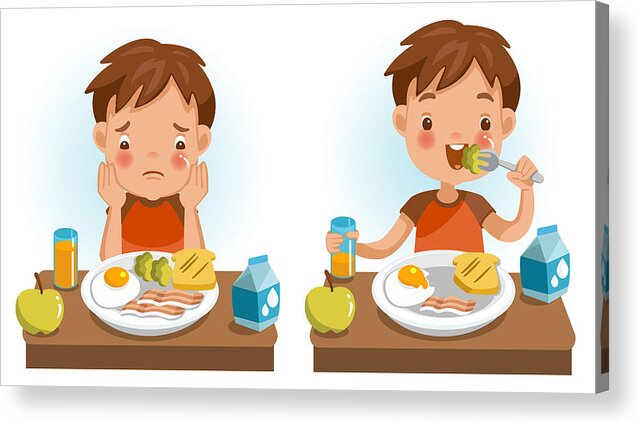What food to eat for baby boy
How to Have a Boy — Best Way to Conceive a Baby Boy
One of the very first questions you’ll hear when you announce that you’re pregnant is “Are you hoping for a girl or a boy?” While the expected answer is usually “I just want a healthy baby,” it’s honestly fine if you’re secretly hoping for one gender over the other.
If you’ve been dreaming of becoming a boy mom and dressing your little guy in all of the adorable dinosaur and motorcycle T-shirts you see in the baby clothing section, you may be wondering or even googling “what makes you likely to have a baby boy?” From what you eat or don’t eat to the times of the month you should conceive and should not conceive, there’s a lot of old wives' tales about how to conceive a boy.
“There are multiple suggested tips and tricks to conceive one gender or the other, however, there is no actual scientific evidence that any of this works,” said Dr. Jodie Horton, MD. “Despite the lack of research that any method may work, it won’t stop people from trying. ”
What Makes You Likely to Have a Boy?
According to Dr. Horton, parents who want to increase their odds of having a boy can opt for gender selection methods through in vitro fertilization. However, if you are looking for a more natural and less expensive route, here are some methods that parents say helped them successfully conceive a baby boy.
A Diet That Could Help You Conceive a Boy
From what you eat to how much you eat, adjusting your diet may help increase your odds of conceiving a boy naturally.
One study found that when mothers increased their calorie intake and ate breakfast cereals, they were more likely to give birth to boys. Researchers of the study say this may be because of higher blood glucose. So if a little boy is part of your plan, stock up on your favorite sugary cereal.
While there is no scientific data backing this idea, there are plenty of supporters with anecdotal information that the key to having a baby boy is to eat foods that increase the alkaline in a woman’s body. This high alkaline level is believed to create the perfect high pH environment to conceive a boy.
This high alkaline level is believed to create the perfect high pH environment to conceive a boy.
Here’s the food you’ll want to add to your cart:
- Fruits and vegetables, especially citrus fruits, green leafy veggies and root vegetables
- Foods that contain potassium, such as bananas, avocados and salmon
- Foods high in alkaline like nuts, seeds and whole grains
To keep your pH environment boy-friendly, avoid:
- Dairy
- Eggs
- Meat
- Processed food
The best part of these diet tips: Eating more fruits and veggies and cutting out processed food is always a good idea even if it doesn’t increase your odds of having a boy.
Vitamins to take to conceive a baby boy
Dr. Horton said the first supplement you should take is a prenatal vitamin. “It’s important to take prenatal vitamins with folic acid at least three months before getting pregnant.” However there are some theories on how additional supplements can help increase your chances of conceiving a boy.
Evening primrose oil and guaifenesin are said to improve the quality of cervical mucus, making it easier for sperm to reach the egg. Since boy producing sperm swim more quickly than girl producing sperm, these supplements could help the boy sperm get to the egg faster and be the first to fertilize the egg.
Dr. Horton noted that before adding any vitamins or supplements to your daily routine, talk to your doctor.
Fertile Days to Conceive a Boy
Checking your monthly calendar for what is the best time to conceive a baby boy? Here are three different methods you might want to try.
The Shettles Method
Developed by Dr. Landrum B. Shettles in the 1960s, this method focuses on timing intercourse to increase their odds of having either a boy or a girl. For this method, couples should have sex on the day a woman ovulates as well as the days after — up to three days. They should also avoid sex in the time between menstrual periods and the days leading up to ovulation. The theory here goes back to the speed the boy producing sperm swims and making sure that when the egg is released, the boy sperm are closer than the girl-producing sperm.
The theory here goes back to the speed the boy producing sperm swims and making sure that when the egg is released, the boy sperm are closer than the girl-producing sperm.
The Whelan Method
Made famous by Elizabeth Whelan, this method gives the opposite advice of the Shettles Method for having a baby boy. After tracking your basal body temperature (when your body is at rest) for a few months to learn when you ovulate, the Whelan Method states you should have sex four to six days before ovulation if you want a boy.
The Babydust Method
Created by microbiologist Kathryn Taylor, this method follows a strict sex schedule to help increase your odds of having a boy. To start, women should chart their luteinising hormone — the hormone that triggers ovulation — twice a day for at least three months before trying to conceive. This can be done with at-home ovulation kits. Then have sex as close to ovulation as possible and avoid the two or three days before ovulation to conceive a boy.
Frequency of Sex to Conceive a Boy
During your most fertile days of the month, you may want to have sex as often as possible to increase your odds of getting pregnant. However, Dr. Horton said if you are trying for a boy, have less sex. “If you have sex less frequently your partner will have a higher sperm count. It is believed that male sperm are not as strong as female sperm so the higher sperm count can limit male sperm's chances of fertilizing an egg first,” she said.
The Bottom Line
While none of these methods guarantee you’ll have a little boy, they can help you become more aware of your fertility cycle, your diet and how your body works, which could help you have the baby of your dreams.
Before you start planning to grow your family and try any of these methods to conceive a boy, it’s a good idea to check in with your doctor. “You want to be in the best health possible before conceiving,” said Dr. Horton. “Studies found that the healthier you are mentally and physically, the higher the chances are for getting pregnant.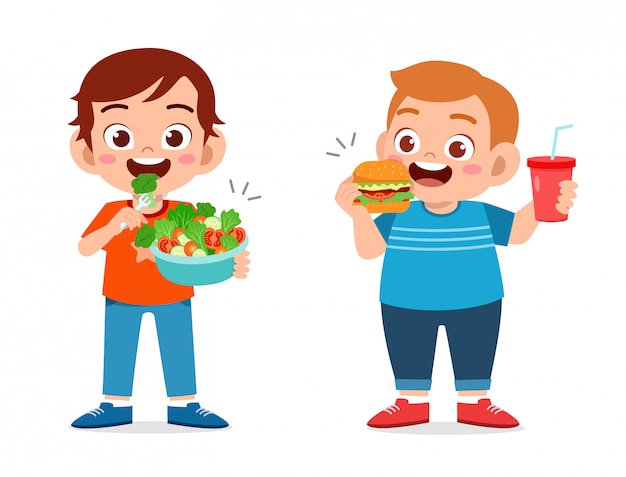 ” From starting a prenatal vitamin, cutting stress, making lifestyle changes, and addressing any medical problems, Dr. Horton said, you’re ensuring a better pregnancy for you and your future baby.
” From starting a prenatal vitamin, cutting stress, making lifestyle changes, and addressing any medical problems, Dr. Horton said, you’re ensuring a better pregnancy for you and your future baby.
“I tell my patients to enjoy conceiving your child, take care of yourself and the baby during the pregnancy, and be happy with having a healthy mom and baby. Each child is unique and should be loved and appreciated regardless of gender.”
Different Theories and If They're True
Diet to Conceive a Boy: Different Theories and If They're TrueMedically reviewed by Katherine Marengo LDN, R.D., Nutrition — By Scott Frothingham on September 30, 2020
Do you have your heart set on having a boy? Looking for a way to stack the odds in your favor? Heard that changing your diet may help?
There’s no proven evidence for a special diet to conceive a boy — or, for that matter, to conceive a girl. According to the Mayo Clinic, “There’s not much the average couple can do to affect a baby’s sex.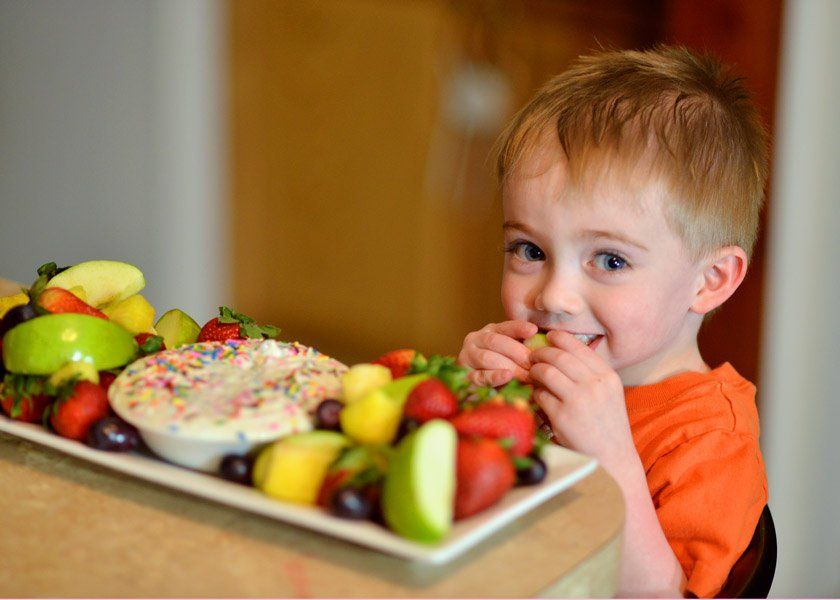 ”
”
But there are some proponents who believe otherwise. Here, we take a look at the theories and their evidence — or lack thereof.
“Sex” and “gender” are evolving terms. In this article, biological sex refers to a baby’s X and Y chromosomes, with XX determining female and XY determining male.
Although there’s no clinical proof that changing your diet can help you conceive a boy, there are many supporters of traditional and natural remedies that feel it can. One of the most popular suggestions supported by anecdotal information is to make your body more alkaline.
This unproven remedy suggests that people with a more alkaline (high pH) “environment” are more likely to conceive a boy. This method recommends:
- increasing intake of fresh fruits and vegetables
- increasing intake of foods that contain potassium, such as bananas, salmon, avocados
- increasing foods with high alkalinity, such as citrus fruits, root vegetables, nuts
- avoiding dairy products
While there’s no evidence backing this theory, there’s rarely any harm in adding fresh fruits and veggies to your diet!
If you want to conceive a girl, on the other hand, this theory suggests increasing your body’s acidity.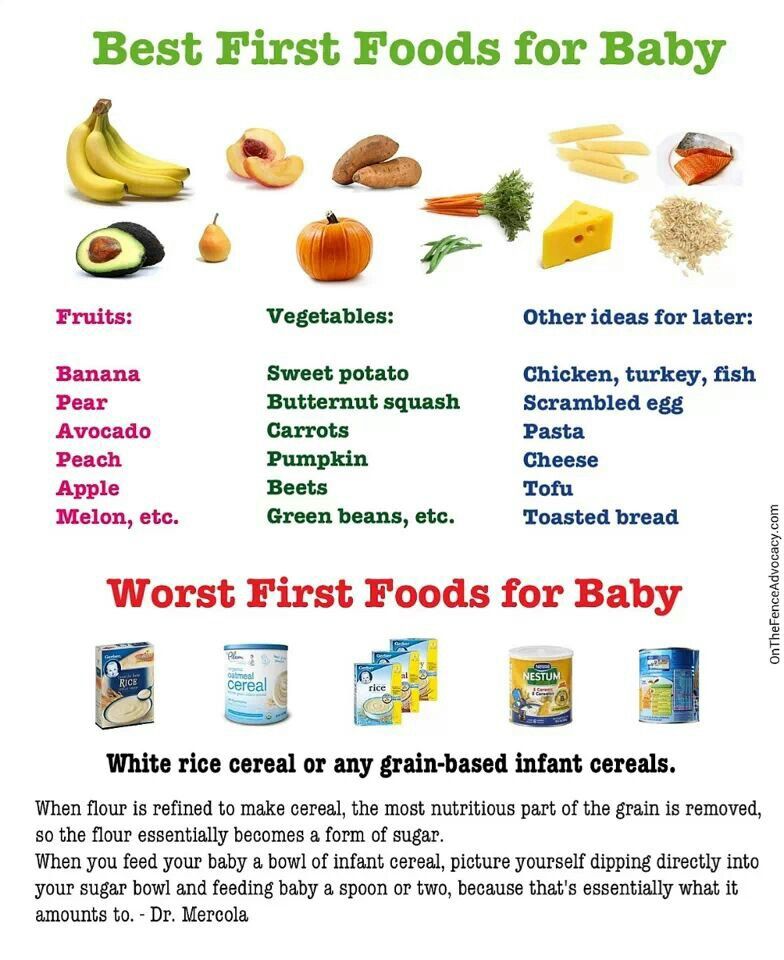
A 2008 study of 740 women concluded there was a higher probability of having a male baby when the mother increased her calorie intake and ate breakfast cereals. Researchers hypothesized that this may be because higher blood glucose levels favor having a boy.
However, the United Kingdom’s National Health Service (NHS) suggests the conclusions of this study include inaccuracies that make it “ill advised” to suggest that increasing a woman’s caloric intake and eating breakfast cereals could increase chances of having a boy.
Different folks have different opinions about having a boy or girl. For some parents, it’s about balancing out their family with boy children and girl children. According to a 2011 Gallup poll, the most popular reasons for wanting a boy include:
- men can relate to males better and have more in common (23 percent)
- boys can carry on the family name (20 percent)
- boys are easier to raise (17 percent)
With reproductive technologies like in vitro fertilization (IVF), you might have high-tech options such as sperm sorting and preimplantation genetic screening to improve your chances of having a boy.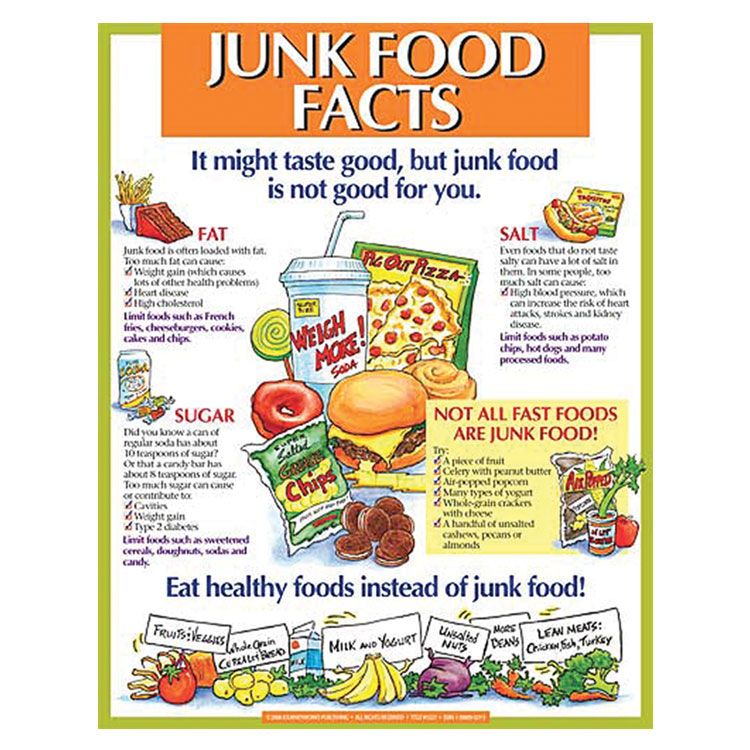 Sex selection done this way is much more common now than it was just a few years ago, when Chrissy Teigen and John Legend did it.
Sex selection done this way is much more common now than it was just a few years ago, when Chrissy Teigen and John Legend did it.
However, this practice has a wide range of ethical, religious, legal, and social implications and is considered controversial. If you’re doing IVF and have this option, keep in mind that it’s not necessarily a purely medical decision.
Planning on getting pregnant? You might have heard that certain diets can impact fertility.
There have been studies about the relationship of diet to fertility, but they lack the details to be of real use to people trying to conceive. For example, there’s positive fertility impact of vitamins and minerals such as folic acid, omega-fatty acid, and vitamin B12, but it’s not always clear how much of these supplements to take.
It’s good for both men and women to eat a healthy diet whether they’re trying to get pregnant or not. Prenatal vitamins (with vitamin B12 and folic acid) are already routinely recommended for people trying to conceive.
This desire to have a baby of a specific sex is often met with suggestions that haven’t been clinically proven, such as changing your diet one way to increase your chance of having a girl or another way to have a boy. However, there’s no scientific evidence that this works.
If you’re focused on having a boy, talk to your doctor about your hopes. They may have a suggestion or two and, importantly, they’ll have advice and recommendations on helping you have a healthy, happy baby, whether it turns out to be a boy or a girl.
Last medically reviewed on September 30, 2020
- Parenthood
- Becoming a Parent
- Pregnancy Health
How we reviewed this article:
Healthline has strict sourcing guidelines and relies on peer-reviewed studies, academic research institutions, and medical associations. We avoid using tertiary references. You can learn more about how we ensure our content is accurate and current by reading our editorial policy.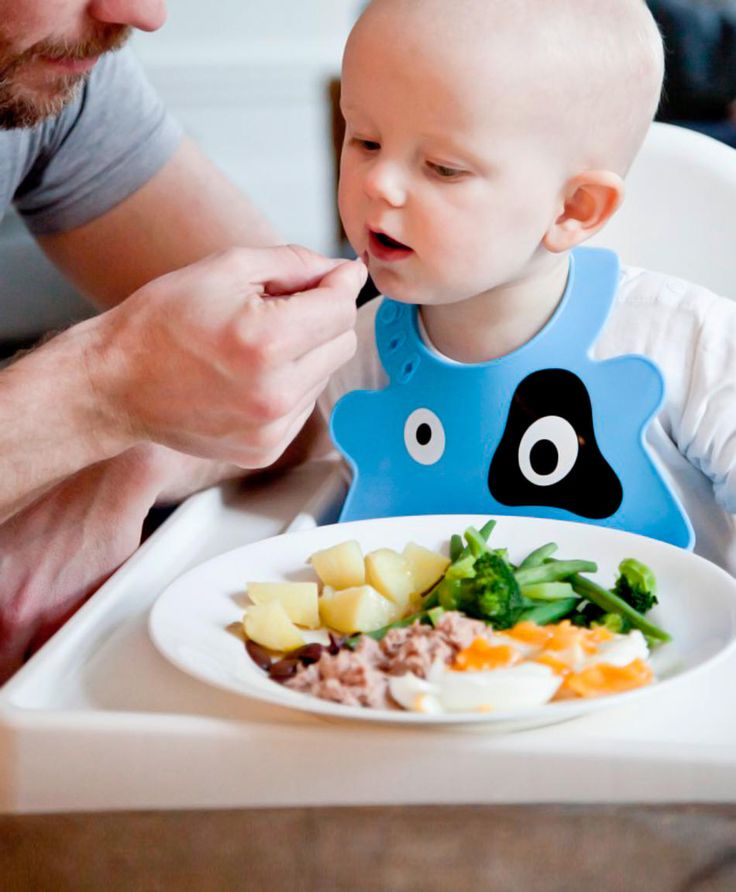
- Eat less for a girl, more for a boy? (2008).
nhs.uk/news/pregnancy-and-child/eat-less-for-a-girl-more-for-a-boy/ - Livingston G. (2013). The odds that you will give birth to a boy or girl depend on where in the world you live.
pewresearch.org/fact-tank/2013/09/24/the-odds-that-you-will-give-birth-to-a-boy-or-girl-depend-on-where-in-the-world-you-live/ - Mathews F, et al. (2008). You are what your mother eats: Evidence for maternal preconception diet influencing foetal sex in humans.
researchgate.net/publication/5421539_You_Are_What_Your_Mother_Eats_Evidence_for_Maternal_Preconception_Diet_Influencing_Foetal_Sex_in_Humans - Newport F. (2011). Americans prefer boys to girls, just as they did in 1941.
news.gallup.com/poll/148187/americans-prefer-boys-girls-1941.aspx - Tobah YB. (2019). Can you choose your baby's sex?
mayoclinic.org/healthy-lifestyle/getting-pregnant/expert-answers/babys-sex/faq-20058219
Our experts continually monitor the health and wellness space, and we update our articles when new information becomes available.
Current Version
Sep 30, 2020
Written By
Scott Frothingham
Edited By
Jessica Jondle
Medically Reviewed By
Katherine Marengo, LDN, RD
Copy Edited By
Kara Williams
Share this article
Medically reviewed by Katherine Marengo LDN, R.D., Nutrition — By Scott Frothingham on September 30, 2020
related stories
What’s the Right Diet to Conceive a Girl?
Can You Choose the Sex of Your Baby? Understanding the Shettles Method
Gender Prediction Myths: Are You Having a Boy or a Girl?
Can You Tell You’re Having a Baby Boy by the Shape or Size of Your Belly?
How to Increase Your Chances of Getting Pregnant
Read this next
What’s the Right Diet to Conceive a Girl?
Medically reviewed by Jillian Kubala, MS, RD
What foods do you need in your diet to conceive a girl? Are there foods to avoid? And what does the science say? Here's what you need to know.
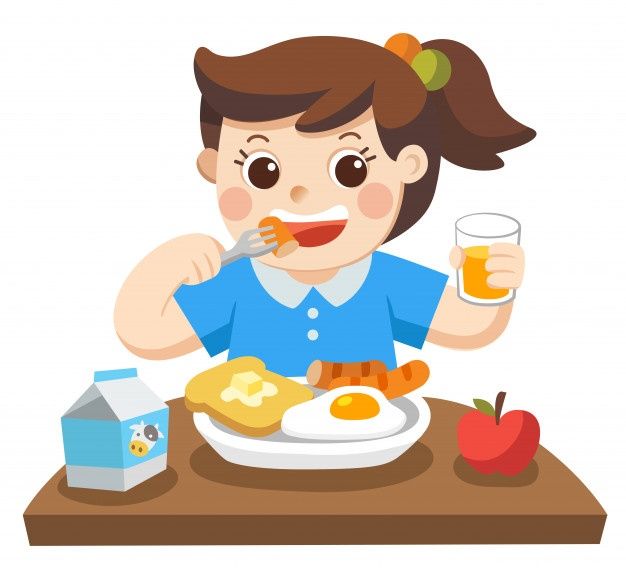
READ MORE
Can You Choose the Sex of Your Baby? Understanding the Shettles Method
Medically reviewed by Debra Rose Wilson, Ph.D., MSN, R.N., IBCLC, AHN-BC, CHT
We're examining the theory and the science behind the Shettles method, which claims you can choose the sex of your future child.
READ MORE
Gender Prediction Myths: Are You Having a Boy or a Girl?
Medically reviewed by Debra Rose Wilson, Ph.D., MSN, R.N., IBCLC, AHN-BC, CHT
So-called "old wives' tales" about the gender of your baby may be fun to read about, but very few are actually reliable or based in science.
READ MORE
Can You Tell You’re Having a Baby Boy by the Shape or Size of Your Belly?
Medically reviewed by Deborah Weatherspoon, Ph.D., MSN
There are many pregnancy myths on how to determine the sex of baby.
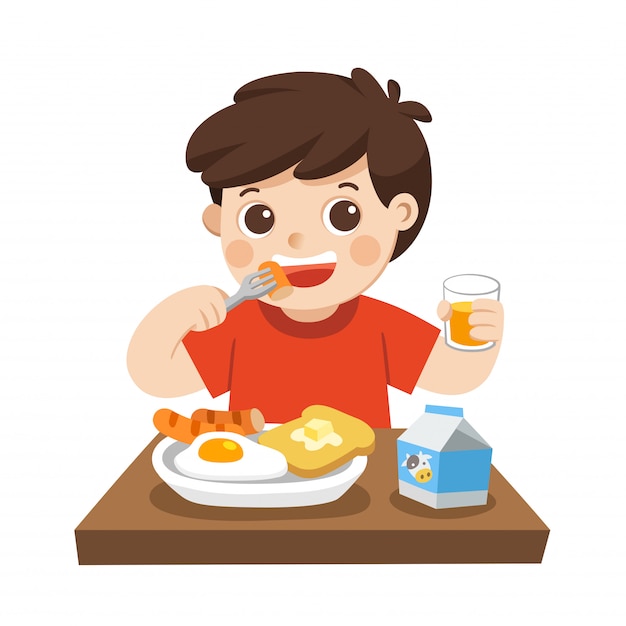 One myth is about the size and shape of your belly. We explore this and other…
One myth is about the size and shape of your belly. We explore this and other…READ MORE
How to Increase Your Chances of Getting Pregnant
Medically reviewed by Deborah Weatherspoon, Ph.D., MSN
Trying to get pregnant? We have some suggestions on how you can increase your chances of getting a positive result.
READ MORE
Your Guide to a Pregnancy-Safe Skin Care Routine
When you're expecting, pregnancy-safe skin care can help ensure the health of you and your baby. We'll tell you what to avoid — and some good…
READ MORE
Can Ectopic Pregnancy Be Diagnosed With Ultrasound?
Medically reviewed by Valinda Riggins Nwadike, MD, MPH
Ectopic pregnancy is a serious condition that requires accurate and swift diagnosis. Ultrasound for ectopic pregnancy diagnosis is just one tool your…
READ MORE
Is It Safe to Consume Flaxseeds During Pregnancy?
Given the inconclusive and conflicting stances about eating flaxseeds during pregnancy, it might be better to err on the side of caution.
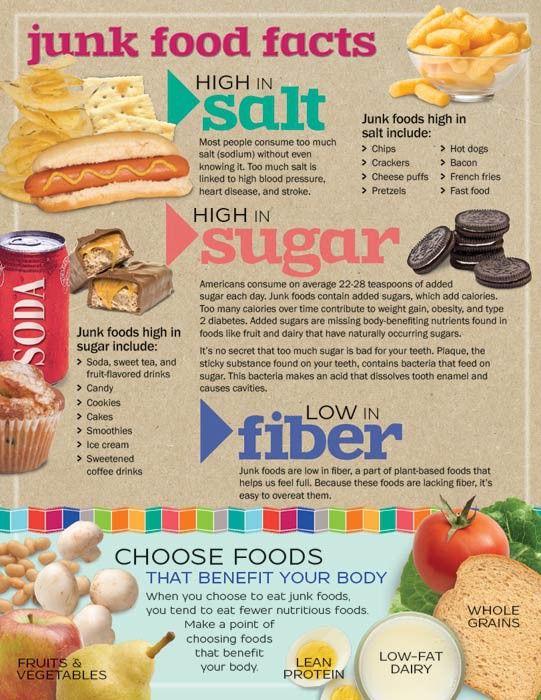
READ MORE
Pregnancy After Miscarriage: Answers to Your Questions
Medically reviewed by Amanda Kallen, MD
Getting pregnant after a miscarriage can be an emotional experience, filled with joy but also anxiety and guilt. Learn more about pregnancy after…
READ MORE
What Is a Nurse Midwife and How to Tell If They Are Right for You
Medically reviewed by Meredith Wallis, MS, APRN, CNM, IBCLC
A nurse midwife is a nurse with education, training, and certification to provide prenatal, delivery, and women's care.
READ MORE
Diet for a child aged 4
Your baby is already 4 months old. He has noticeably grown up, become more active, is interested in objects that fall into his field of vision, carefully examines and reaches for them. The emotional reactions of the child have become much richer: he joyfully smiles at all the people whom he often sees more and more often, makes various sounds.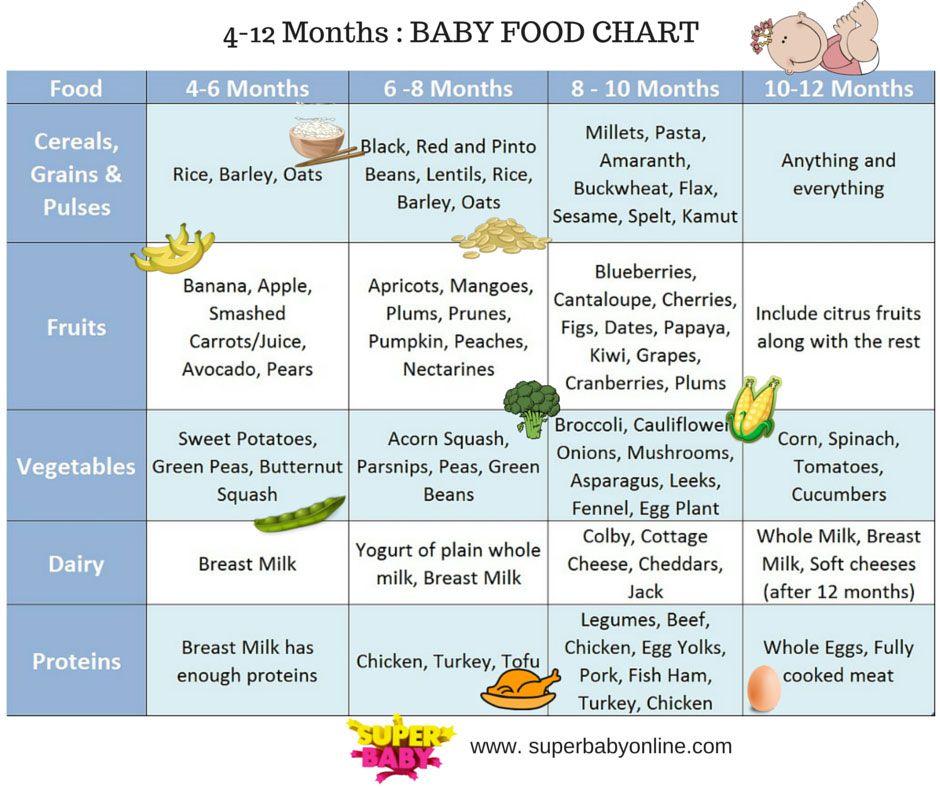
Are you still breastfeeding or have you switched to formula or formula feeding? The child is actively growing, and only with breast milk or infant formula, he can no longer always get all the necessary nutrients. And that means it's time to think about complementary foods.
Optimal time to start its introduction is between 4 and 6 months, regardless of whether the baby is receiving breast milk or formula. This is the time when children respond best to new foods. Up to 4 months, the child is not yet ready to perceive and digest any other food. And with the late introduction of complementary foods - after 6 months, children already have significant deficiencies of individual nutrients and, first of all, micronutrients (minerals, vitamins, long-chain polyunsaturated fatty acids, etc.). In addition, toddlers at this age often refuse new foods, they have delayed development of chewing skills for thick foods, and inadequate eating habits are formed. It is important to know that, no matter how strange it may seem at first glance, with a delayed appointment of complementary foods, allergic reactions more often occur on them.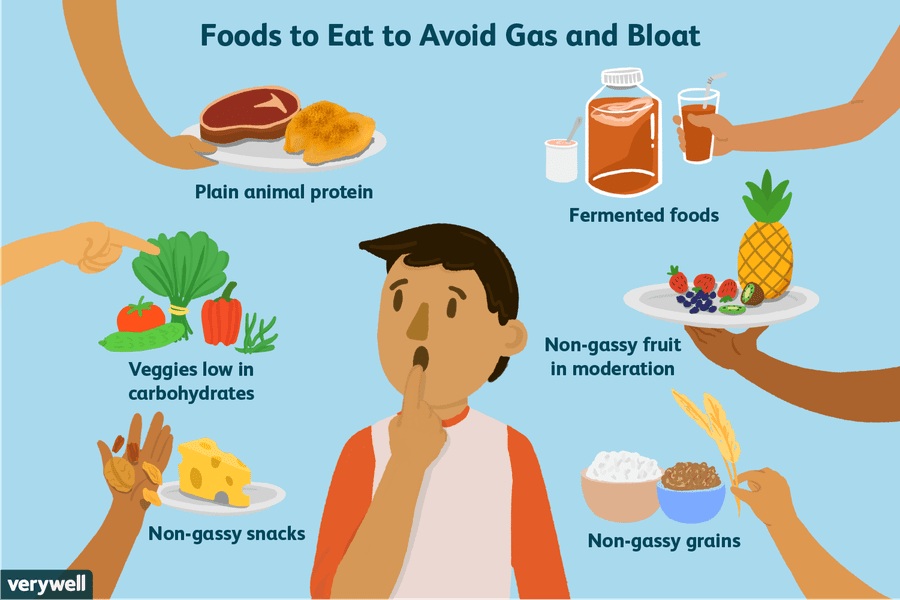
When is it advisable to introduce complementary foods as early as 4 months, and when can you wait until 5.5 or even 6 months? To resolve this issue, be sure to consult a pediatrician.
The optimal time to start introducing complementary foods to a healthy baby is between 5 and 5.5 months of age.
The World Health Organization recommends that breastfed babies should be introduced to complementary foods from 6 months of age. From the point of view of domestic pediatricians, which is based on the big
practical experience and scientific research, this is possible only in cases where the child was born at term, without malnutrition (because in these cases the mineral reserves are very small), he is healthy, grows and develops well. In addition, the mother should also be healthy, eat well and use either specialized enriched foods for pregnant and lactating women, or vitamin and mineral complexes in courses. Such restrictions are associated with the depletion of iron stores even in a completely healthy child by 5-5.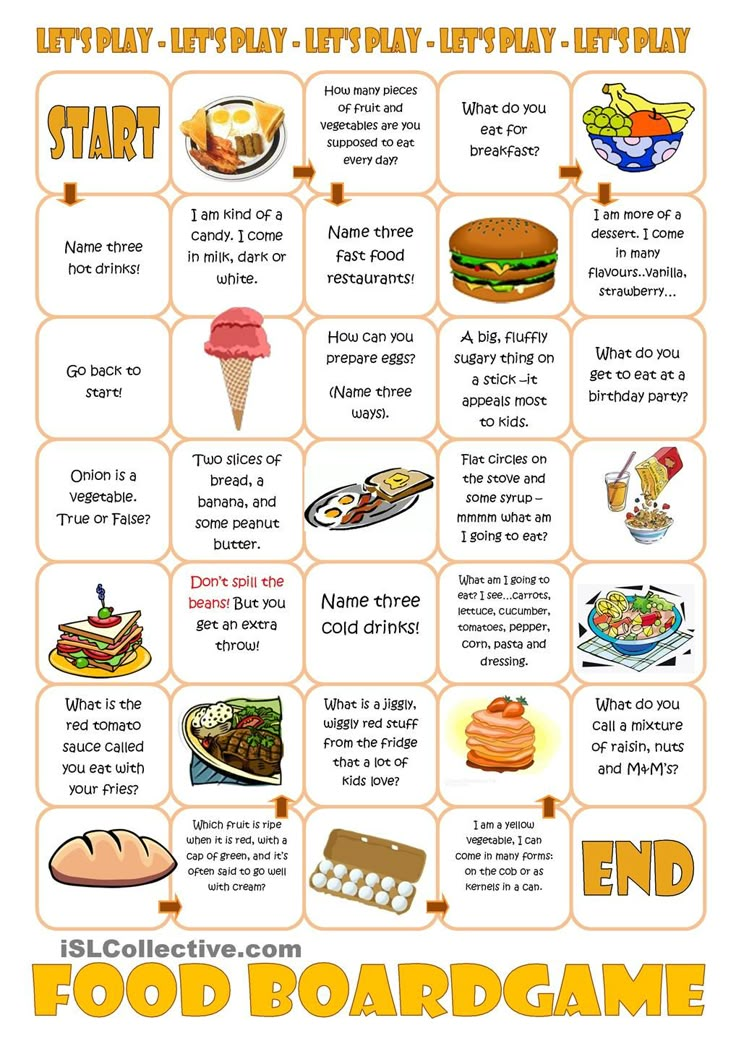 5 months of age and a significant increase in the risk of anemia in the absence of complementary foods rich or fortified with iron. There are other deficits as well.
5 months of age and a significant increase in the risk of anemia in the absence of complementary foods rich or fortified with iron. There are other deficits as well.
The first food product can be vegetable puree or porridge, it is better to give fruit puree to the baby later - after tasty sweet fruits, children usually eat vegetable puree and cereals worse, often refuse them altogether.
Where is the best place to start? In cases where the child has a tendency to constipation or he puts on weight too quickly, preference should be given to vegetables. With a high probability of developing anemia, unstable stools and small weight gains - from baby cereals enriched with micronutrients. And if you started introducing complementary foods with cereals, then the second product will be vegetables and vice versa.
If the first complementary foods are introduced at 6 months, it must be baby porridge enriched with iron and other minerals and vitamins, the intake of which with breast milk is no longer enough.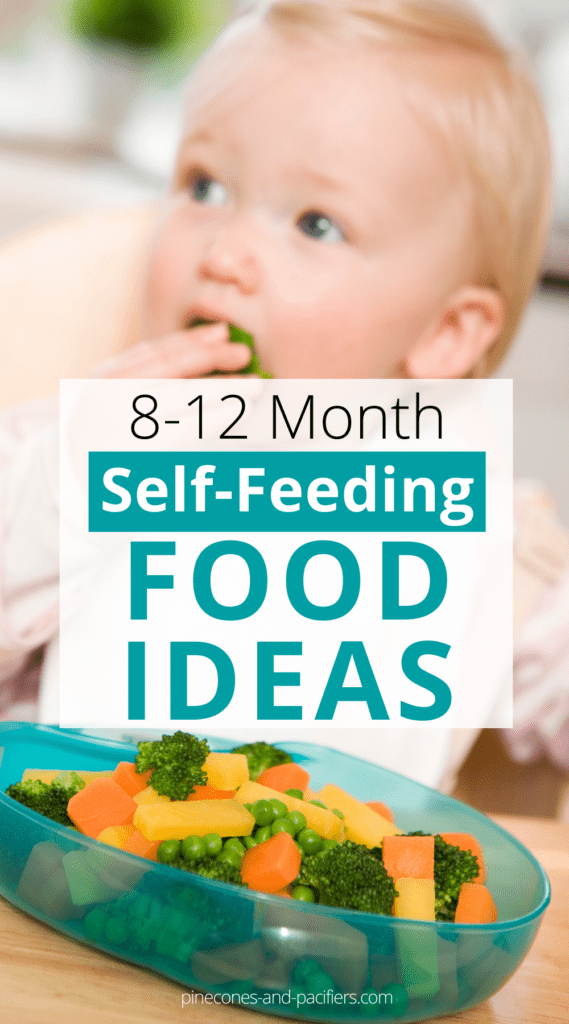
Another important complementary food product is mashed meat. It contains iron, which is easily absorbed. And adding meat to vegetables improves the absorption of iron from them. It is advisable to introduce meat puree to a child at the age of 6 months. Only the daily use of children's enriched porridge and meat puree can satisfy the needs of babies in iron, zinc and other micronutrients.
But it is better to introduce juices later, when the child already receives the main complementary foods - vegetables, cereals, meat and fruits. After all, complementary foods are needed so that the baby receives all the substances necessary for growth and development, and there are very few in their juices, including vitamins and minerals.
Juices should not be given between feedings, but after the child has eaten porridge or vegetables with meat puree, as well as for an afternoon snack. The habit of drinking juice between meals leads to frequent snacking in the future, a love of sweets is instilled, children have more tooth decay and an increased risk of obesity.
With the start of the introduction of complementary foods, the child is gradually transferred to the 5-time feeding regimen.
Complementary feeding rules:
- preference should be given to baby products of industrial production, they are made from environmentally friendly raw materials, have a guaranteed composition and degree of grinding
- Complementary foods should be offered to the baby by spoon at the start of feeding, before breastfeeding (formula feeding)
- the volume of the product increases gradually, starting with ½ - 1 spoon, and in 7 - 10 days we bring it to the age norm, subsequent products within the same group (cereals from other cereals or new vegetables) can be introduced faster, in 5 - 7 days
- start introduction with monocomponent products
- it is undesirable to give a new product in the afternoon, it is important to follow how the child reacts to it
- do not introduce new products in the event of acute illnesses, and before and immediately after prophylactic vaccination (should be abstained for several days)
When introducing a new type of complementary food, first try one product, gradually increasing its amount, and then gradually "dilute" this product with a new one.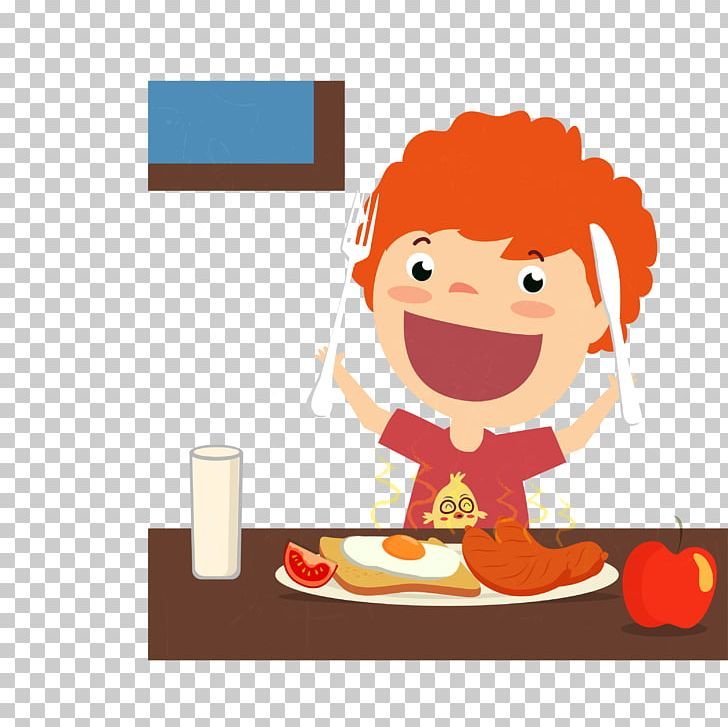 For example, vegetable complementary foods can be started with a teaspoon of zucchini puree. During the week, give the baby only this product, gradually increasing its volume. After a week, add a teaspoon of mashed broccoli or cauliflower to the zucchini puree and continue to increase the total volume every day. Vegetable puree from three types of vegetables will be optimal. The portion should correspond to the age norm. Over time, you can replace the introduced vegetables with others faster.
For example, vegetable complementary foods can be started with a teaspoon of zucchini puree. During the week, give the baby only this product, gradually increasing its volume. After a week, add a teaspoon of mashed broccoli or cauliflower to the zucchini puree and continue to increase the total volume every day. Vegetable puree from three types of vegetables will be optimal. The portion should correspond to the age norm. Over time, you can replace the introduced vegetables with others faster.
After the introduction of one vegetable (bringing its volume to the required amount), you can proceed to the intake of porridge, and diversify the vegetable diet later.
If the child did not like the dish, for example, broccoli, do not give up on your plan and continue to offer this vegetable in a small amount - 1-2 spoons daily, you can not even once, but 2-3 times before meals, and after 7 - 10, and sometimes 15 days, the baby will get used to the new taste. This diversifies the diet, will help to form the right taste habits in the baby.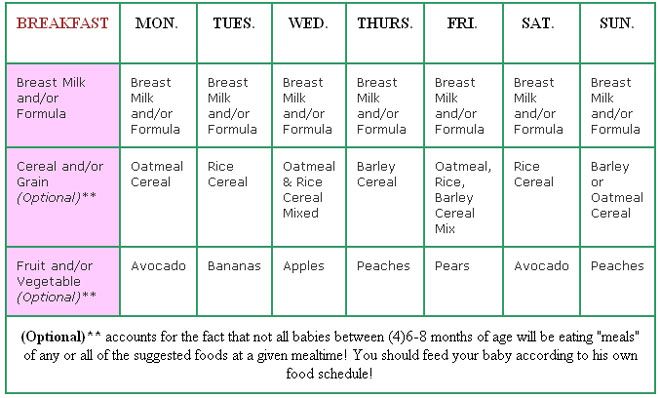
Spoon-feed with patience and care. Forced feeding is unacceptable!
In the diet of healthy children, porridge is usually introduced after vegetables (with the exception of healthy breastfed children, when complementary foods are introduced from 6 months). It is better to start with dairy-free gluten-free cereals - buckwheat, corn, rice. At the same time, it is important to use porridge for baby food of industrial production, which contains a complex of vitamins and minerals. In addition, it is already ready for use, you just need to dilute it with breast milk or the mixture that the baby receives.
Children suffering from food allergies are introduced complementary foods at 5-5.5 months. The rules for the introduction of products are the same as for healthy children, in all cases it is introduced slowly and begins with hypoallergenic products. Be sure to take into account individual tolerance. The difference is only in the correction of the diet, taking into account the identified allergens. From meat products, preference should first be given to mashed turkey and rabbit.
From meat products, preference should first be given to mashed turkey and rabbit.
Diets for different age periods
explain how to make a diet, it is better on several examples that will help to navigate the menu for your child.
From 5 months, the volume of one feeding is on average 200 ml.
Option 1.
I feeding
6 hours
Breast milk or VHI*
200 ml
II feeding
10 hours
Dairy-free porridge**
Supplementation with breast milk or VHI*
150 g
50 ml
III feeding
14 hours
Vegetable puree
Meat puree Vegetable oil
Supplemental breast milk or VHI*
150 g
5 - 30 g
1 tsp
30 ml
IV feeding
18 hours
Fruit puree
Breast milk or VHI*
60 g
140 ml
V feeding
22 hours
Breast milk or VHI*
200 ml
* - Children's dairy mixture (VHI)
** - diluted with breast milk or VHI
Option 2.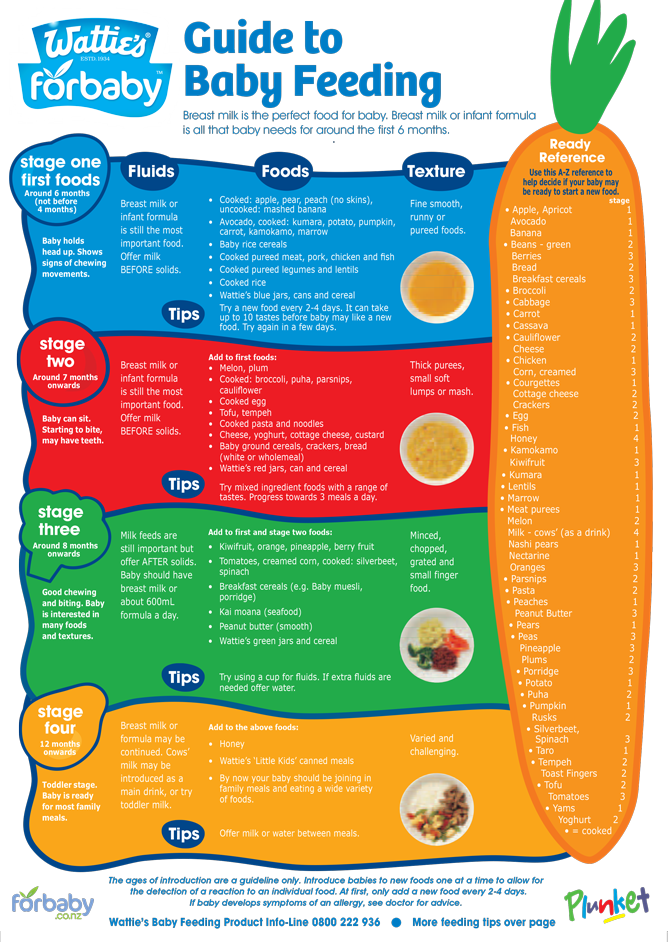
9000 9000 9000 9000 9000 9000 9000 9000 9000 9000 9000 9000 9000 9000 9000 9000 9000 9000 9000 9000 9000 9000 9000 9000 9000 9000
baby 6 months, if complementary foods were introduced from 4 - 5 months:
| I feeding | Breast milk or VHI* | 200 ml |
| II feeding | Dairy-free porridge** | 150 g |
| III feeding | Vegetable puree | 150 g |
| IV feeding | Fruit puree | 40 g |
| V feeding | Breast milk or VHI* | 200 ml |
* - Children's dairy mixture
** - diluted with breast milk or DMS
Option 3.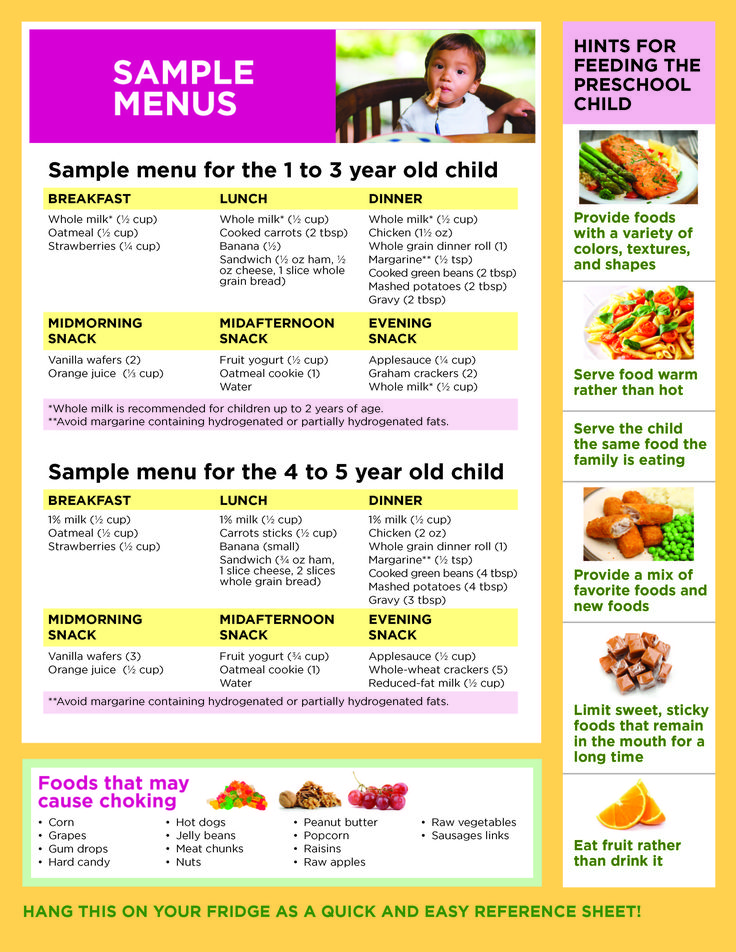
An approximate daily diet for a baby at 6.5 months on breastfeeding, if complementary foods began to be administered from 6 months:
| I feeding | Breast milk | |
| II feeding | Dairy-free porridge** | 100 g |
| III feeding | Vegetable puree | 100 g |
| IV feeding | Breast milk |
|
| V feeding | Breast milk |
|
** - diluted with breast milk
Up to 7 months, increase the volume of porridge and vegetable puree to 150 g and introduce fruit puree.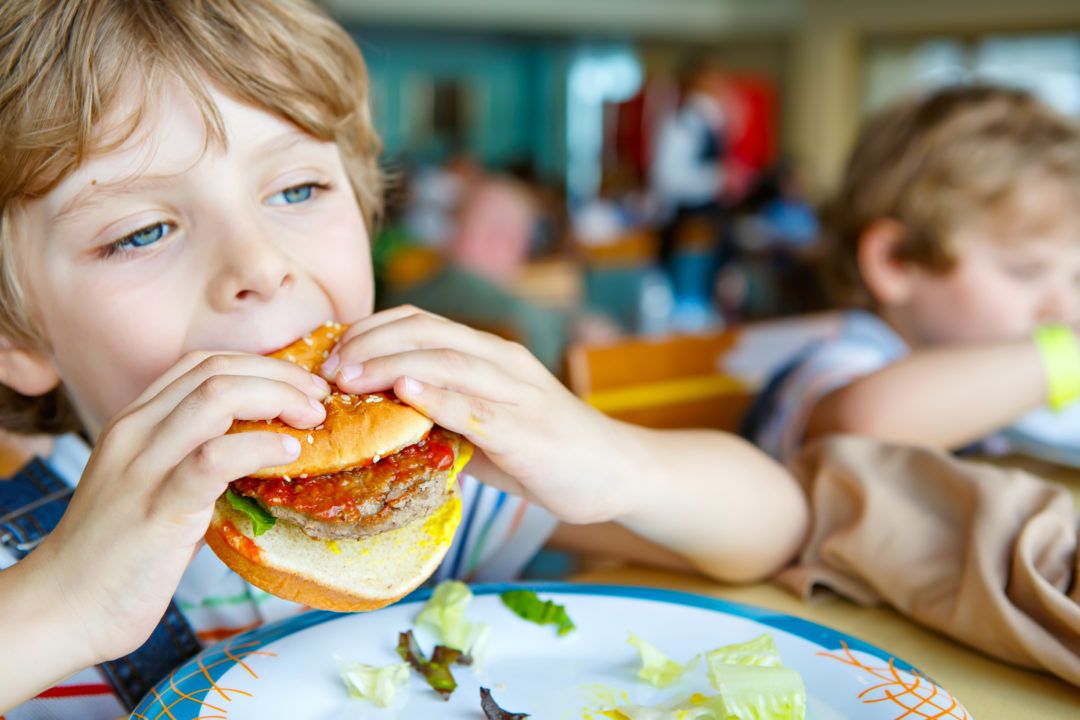
4-7 year old child – Tarkvanem
As the child grows older, he becomes more independent. This is expressed in his eating habits and food choices. Certain food preferences have formed, he wants to choose more himself, decide what he will eat.
The child's energy and nutrient requirements per kilogram of body weight are still very high, which, on the other hand, means careful menu planning to get everything you need from food.
From soft drinks, potato chips, sweets, buns and cakes, the child receives a lot of empty energy, which is enough or too much to meet the energy needs, but at the same time, he remains without other foods (fruits and vegetables, bread, milk , fish, etc.), which are needed to obtain proteins, fatty acids, vitamins and minerals necessary for life.
Nutrition recommendations for children over 2 years of age are similar to adults, but because children have lower energy requirements, the recommended amount of food also decreases proportionately.
Meals
Children should have 3 main meals and 1-2 snacks per day.What kind of food and how many times to give at home depends on the time the child spends in the child care facility. The body needs to be regularly provided with the necessary amount of energy, so it is important to stick to daily meals.
Breakfast is the most important meal of the day - it supplies the body with energy so that the child can start playing or learning. If the child goes to kindergarten, weekday breakfasts must be adapted according to whether the child eats breakfast in the garden and what time he eats it. Breakfast does not need to be eaten immediately after waking up, but it is useful to have breakfast within an hour.
Snacks should be minimally processed (eg fresh or dry fruits and berries, vegetables, unflavored yogurt and cottage cheese, bread, juice, oatmeal, sandwiches). Sweets, crackers, cookies, soft drinks, juice drinks, ice cream, etc.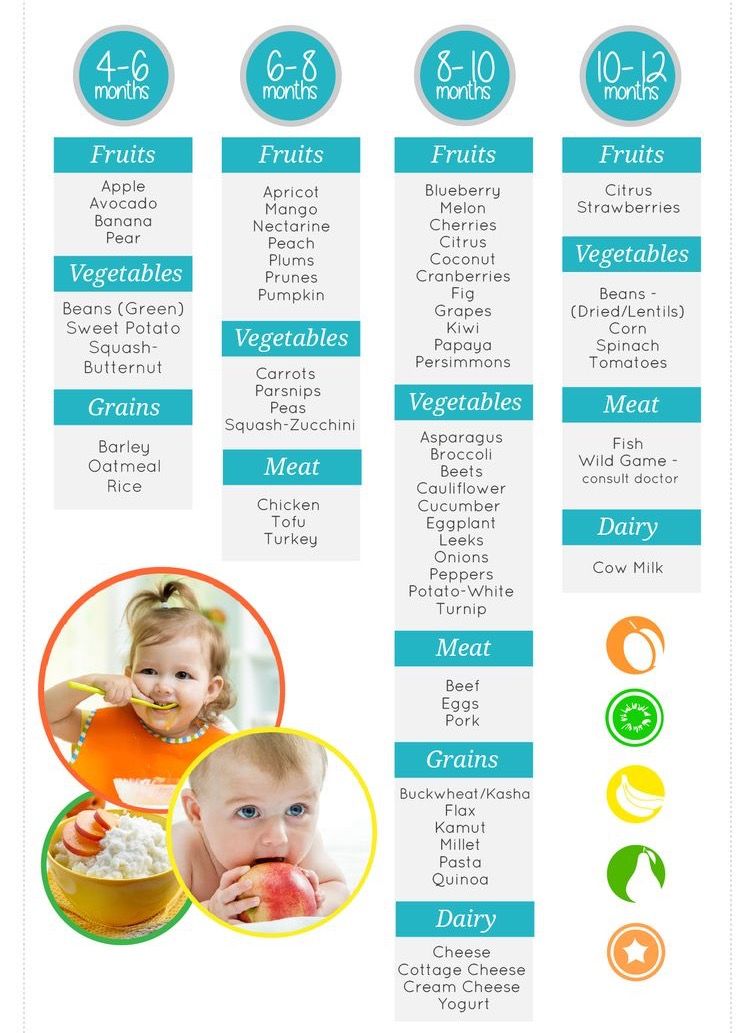 are not suitable as snacks. Even one candy or cookie between meals can ruin a child's appetite for the whole day. Do not give your child food as a prize or consolation, or if the child is bored.
are not suitable as snacks. Even one candy or cookie between meals can ruin a child's appetite for the whole day. Do not give your child food as a prize or consolation, or if the child is bored.
Lunch and dinner can be heavy, especially lunch . Soups and a slice of bread with soup go very well, as well as a dessert using a minimum amount of sugar, or even a small second. The younger the child, the more you need to use stewing-boiling in cooking his food. Perfect for a variety of casseroles. Since children want to see what ingredients food is made of, teaching a child to eat mixed dishes from infancy can hide vegetables in them that children do not really like. For dinner, a dense vegetable salad is suitable, in which you can add an egg, cheese, fish, meat, homemade cheese, or something else. If the child eats properly in the garden, the food offered at home should not be very energy intensive.
Dinner should be a specific time when the family eats together and where they can talk about the day's events and be together (rather than watching TV or a computer screen at the same time).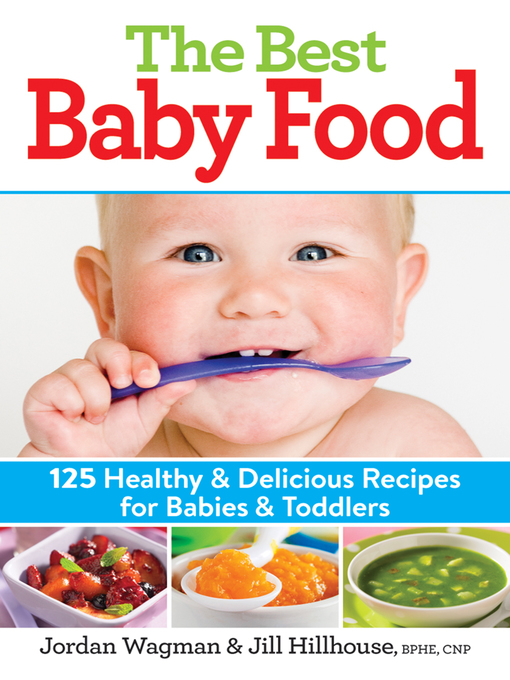 Here you can discuss the menu for the next day, as well as prepare for the weekend.
Here you can discuss the menu for the next day, as well as prepare for the weekend.
- A child should be taught to eat right and healthy from an early age. Habits formed in childhood often influence the choices we make later in life. Some children are quite selective in terms of what he eats and what not; It is important that you, as a parent, be an example to your child and encourage and support healthy eating habits.
- Young children in their food preferences are guided by two main factors - whether they are familiar with food and the taste of food (sweetness).
 Therefore, new products must be introduced carefully and in small quantities, leading by example. Getting used to new foods takes time. If you do it carefully and in a playful way, the children will be very interested.
Therefore, new products must be introduced carefully and in small quantities, leading by example. Getting used to new foods takes time. If you do it carefully and in a playful way, the children will be very interested. - The more natural flowers will be presented on the plate, the more beautiful and appetizing the dish will be, the more it will contain various essential nutrients.
- When eating, the child's mood and environment are important (for example, whether the TV is playing or there are guests), as well as whether the child is hungry.
- For eating, it is imperative to set aside time to enjoy food. When eating together with the family, the child will eat faster, the example of parents is important from early childhood. Enjoy each other's company while eating.
- Appearance and correct food temperature are important for a child. The child will eat with great appetite if he sees what ingredients the food was prepared from. Try different foods and cook them in different ways to ensure food variety and availability of different nutrients.

- Teach your child to choose foods from different food groups so that he understands the diversity of food. Give your child the opportunity to choose their own food from suitable foods: this or that fruit, various grains, various vegetables, etc. Teach children to eat plenty of vegetables from an early age.
- Offer water instead of juice to quench your thirst.
- A child should never be scared about food. Food is not a means of punishment or reward. Do not force the child to eat, rather attract. If you force a child to eat, it greatly affects the psyche and behavior of the child and can leave a negative imprint on his entire subsequent life.
The most important child nutrition keywords:
- example
- joint meal
- availability of suitable food
- explanatory work
- time
- choice and decision making
- An example is one of the factors that will begin to shape the nutrition of a young child.
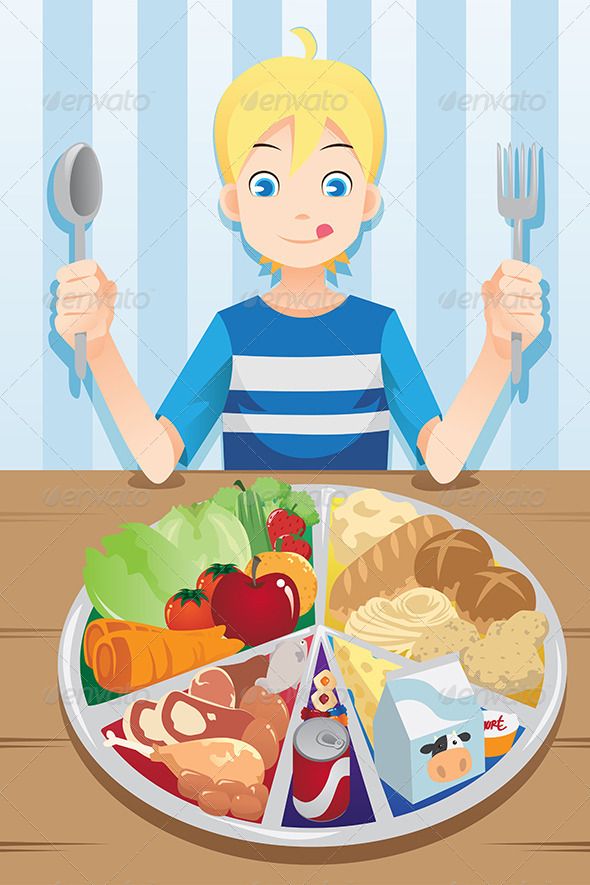 The younger the child, the more influence on his choice of food is the example of parents and siblings. As the child matures, friends and the environment become more influential.
The younger the child, the more influence on his choice of food is the example of parents and siblings. As the child matures, friends and the environment become more influential. - A child's eating habits are shaped by what food choices are available to the family (including the child) (both financially and based on the parents' knowledge), how meals are organized at home, etc.
- Many children aged 4-7 go to kindergarten, and often spend time at home only in the evenings or on weekends. These meals should form a conscious choice. Children can discuss with children and direct their nutritional wishes.
Children grow in periods, which means that there may be times when the child eats too little, and there are periods when he eats more.
- It is useful to ensure that food intake and energy expenditure are balanced.
- If the child is very active, he should eat more.
- If the child seems to be eating too little or too much, you should keep a food diary - for about a week, write down everything that and how much the child ate and drank.

- It often turns out that the problem is not in the amount eaten, but in the choice of food. After all, you can get as much energy from a couple of candy cookies as from a good portion of soup.
- It is unwise to immediately grab a jar of vitamins and minerals, you should reconsider nutrition - sufficient, balanced and varied nutrition will provide the necessary substances.
- The only exception is vitamin D, which all children should receive as a dietary supplement.
- As long as a varied and balanced diet is available to a child, he grows and develops according to his age, there is no cause for concern. If parents still feel that the child may not be getting all the necessary nutrients in sufficient quantities, from time to time blood tests can be done by a doctor to check the health.
- Candy or biscuits should never be given to children as a consolation, reward or dispersal of boredom - on a subconscious level, this may affect his eating habits in the future.
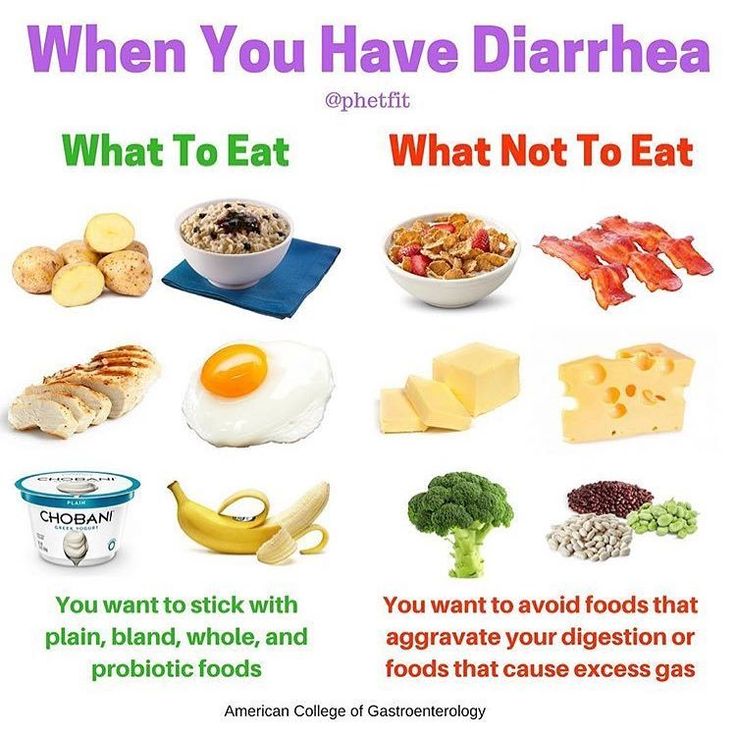 Avoid bringing sweets (candy, cookies) home and keep them in a conspicuous place. Instead, put peeled-cut fruits and vegetables on the table.
Avoid bringing sweets (candy, cookies) home and keep them in a conspicuous place. Instead, put peeled-cut fruits and vegetables on the table. - To satisfy the desire to eat something sweet, nuts and dried fruits and berries are suitable, but one should not be too zealous with them either. Nuts can only be given to young children in a ground or highly chopped form, as well as to both young children and older children so that children do not have an allergic reaction to them.
- Clean water should always be available to quench thirst. You can drink up to two glasses of juice per week. If necessary, dilute the juice yourself, do not buy nectars, juice drinks and syrups in the store, not to mention soft drinks.
- Although vitamin-fortified water is thought to help you get enough vitamins, one 750 ml bottle actually contains approximately 40 grams of sugar, which is the daily dose of sweets for an adult.
- A varied, balanced and regular diet (including cereals, fruits and vegetables, and other food groups) ensures sufficient intake of vitamins, minerals and macronutrients, as well as energy and reduces the desire to eat something sweet.
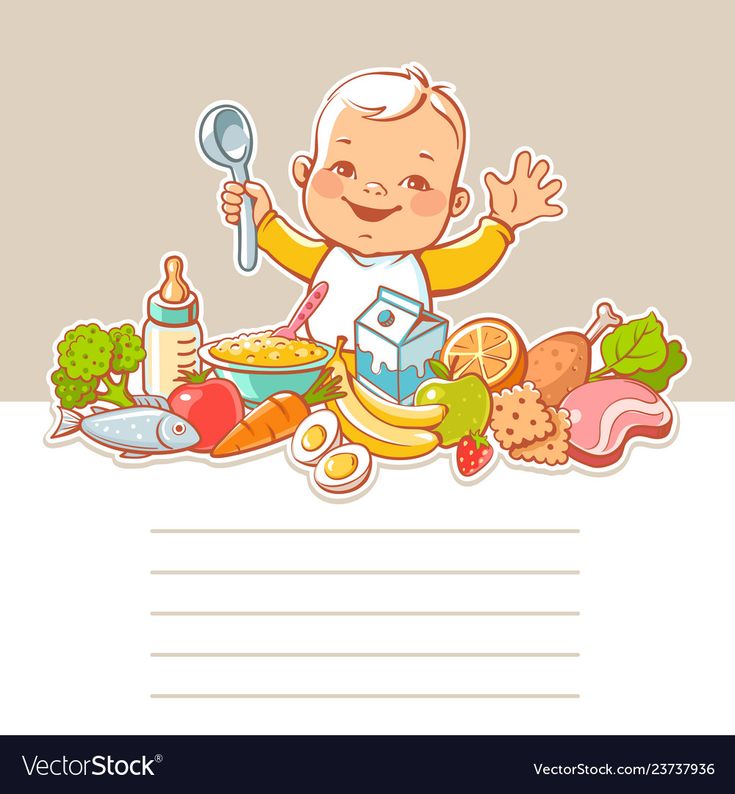
- It is very likely that an obese child will grow into an obese adult.
- Increasingly, overweight and obesity are already occurring in young children.
- This risk can be reduced through informed food choices and sufficient exercise.
- With food you need to get as much energy as it is consumed. Therefore, foods rich in energy, but poor in vitamins and minerals (for example, sweets, cookies, buns, cakes, soft drinks, potato chips, etc.) should be eaten as little as possible.
- Food choices should be as varied as possible, including whole grains, vegetables and fruits, as well as berries, unsweetened dairy products, fresh fish, poultry, meat and eggs, nuts and seeds.
- The child must be physically active (in the house and in the yard) for at least 60 minutes a day, even more is better.
- To check whether the child is growing and gaining weight normally, you can look at the growth and weight curve of infants and children, and in case of underweight or overweight, it is imperative to consult a family doctor or pediatrician for further instructions.
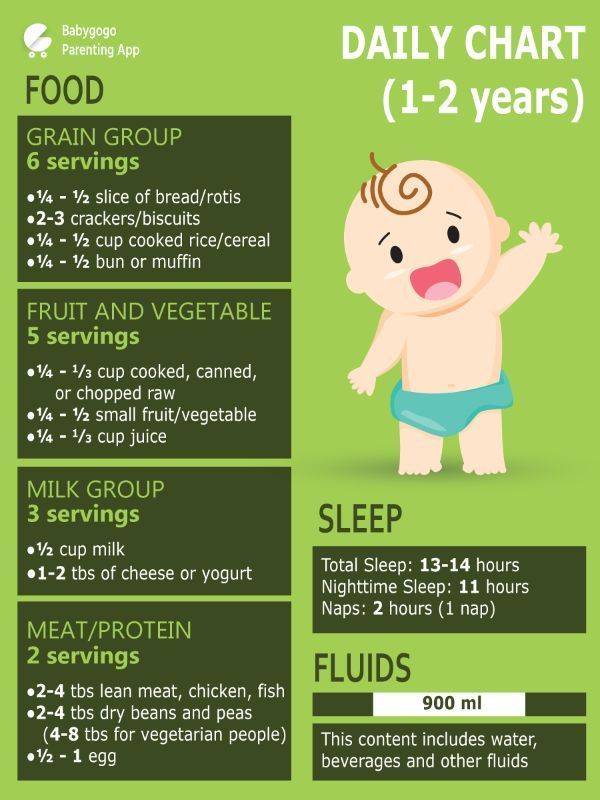 You can not limit the nutrition of the child, guided by their own ideas.
You can not limit the nutrition of the child, guided by their own ideas.
Kindergarten children often eat out three times a week - breakfast, lunch and dinner.
According to how much time the child spends in kindergarten, how many times and what he eats, it is necessary to form the child's home meals. The body needs to be regularly provided with the necessary amount of energy, so it is important to stick to daily meals.
Keep up to date with the weekly kindergarten menu, create different options for homemade dinners or weekend lunches. Also ask teachers if the child ate in the garden and how much he ate from what was offered, take this data into account when serving homemade dinner.
The more flavors and foods you introduce to your child from an early age, the easier it will be for them to get used to food in kindergarten.
In Estonia, food regulations have been developed in pre-school child care institutions, which are regulated by an order of the Minister of Social Affairs.
Too many meals offered to children often include too much salt or sugar. Children's meals may appeal to children (often due to their high fat, sugar and/or salt content), but their nutritional value is often very low. Instead of children's meals, it is better to choose a regular dish or soup and ask for it to be prepared with as little salt as possible.
Fast foods also tend to be high in energy (and high in fat, sugar and/or salt). For example, from one small cheeseburger, small fries and 250 ml of cola, a child can get about 650 kcal, which is about 40% of the daily energy requirement of a 7-year-old child with an average activity. Salt in this choice contains a little more than is acceptable per day (children aged 2-9 years can receive no more than 4 grams of salt from all sources per day). A soft drink contains just over 25 grams of sugar, which is also more than half of the maximum allowable daily amount of sugars. If you absolutely want to offer such food to a child, this is possible no more than twice a year, and then if the daily diet is in order.
- Depending on the age of the children invited to the birthday, when choosing food for the festive table, recommendations for their age can be guided.
- The food offered at the birthday party must be prepared from minimally processed raw materials. The less sweets, soft drinks, potato chips and other similar foods on the festive table, the better. If there is a rich and convenient selection of fruits and vegetables on the festive table, and the children have something to do, the children will not even remember that such food exists.
- First of all, it is great for children (especially if the birthday is not at home, but in some kind of playroom) sliced vegetables such as carrots, paprika, cucumber and cauliflower with homemade unseasoned yogurt dip sauce.
- You can offer fruit on a skewer (melon, pear, watermelon, grapes).
- If desired, you can prepare more dense dishes (salads, homemade pizza, etc.), but they must be prepared from minimally processed raw materials.
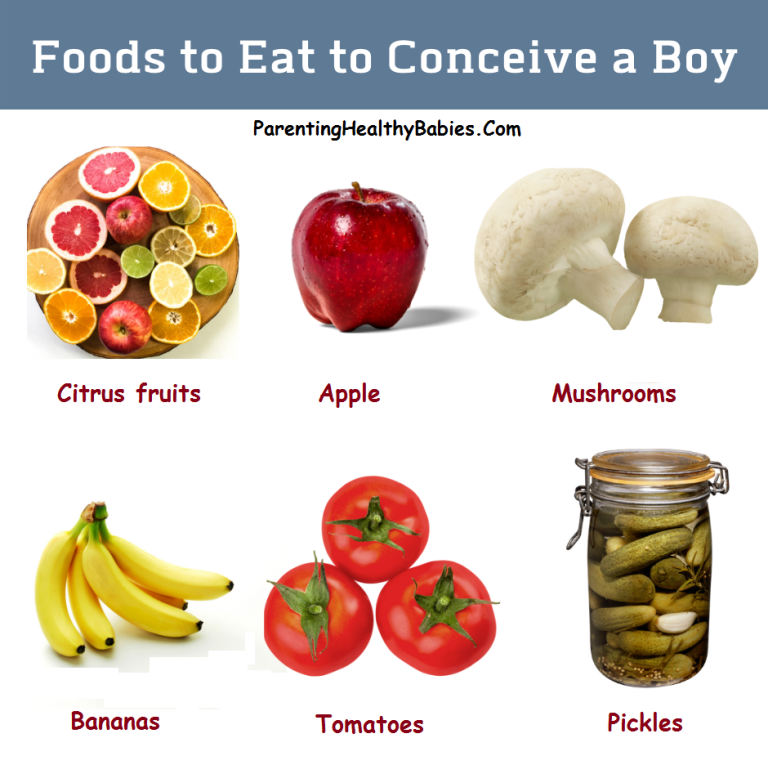
- If you offer baked goods, try to find low sugar options (raw sugar, agave syrup, etc. are not good alternatives).
- If there are only a few children's birthdays in which the child participates in the year, on this day you can "sin" a little and offer the children a little more food to their taste, for example, meatballs, sausages, oven-cooked french fries, popcorn without salt. But this is again provided that on other days the choice of food corresponds to the recommendations.
- Always read the label on food packaging! This will help you make a more informed choice.
- The allowable amount of supplements for children is usually less than for adults (the maximum amount is based on the body weight of an adult). Therefore, be careful with colored sweets, drinks, cookies with a long shelf life, desserts and sausages, products containing synthetic sweeteners.
- If the child is old enough to participate in the grocery shopping, let the child choose between suitable foods: one or another fruit, various cereal products, various vegetables, etc.

- Avoid the shelves with sweets, biscuits, soft drinks, etc., so that the child does not have a desire to buy sweets.
- If a child in a grocery store always asks for candy, etc., then it is better to go there without a child or take the child to the store when he grows up and understands what and when is bought in the store.
- Always go to the store on a full stomach, with a shopping list, and avoid impulse purchases.
The less time preschoolers spend watching television and gadgets, the better.
The use of gadgets and watching TV is not recommended while eating, as it diverts attention from eating as a process. In turn, this forms the wrong eating habits in children.
While eating, all attention should be paid to the process of eating.
- The principle of a healthy lifestyle is that the amount of energy received from food and the amount of energy expended are in balance.
- All children should be as active as possible from an early age.
 Parents themselves should orient their children to the movement, be an example to them.
Parents themselves should orient their children to the movement, be an example to them. - The child must be physically active (in the house and in the yard) for at least 60 minutes a day, even more is better.
- Mobility habits formed in childhood are the basis for adult mobility habits.
- If the child is more active (for example, goes to some kind of training), his need for energy is higher due to the energy expended. The additional energy requirement cannot be covered by the energy obtained from sweets and fast food; nuts and seeds can be added to the menu.
- Before eating and preparing food, you and your baby should always be thoroughly washed to prevent possible germs that cause disease from getting into the stomach. If food is interrupted (for example, due to a trip to the toilet), hands should be washed again before continuing to eat.
- Teeth should be taken care of already in infancy. Children of early age brush their teeth with clean water and a soft brush.
